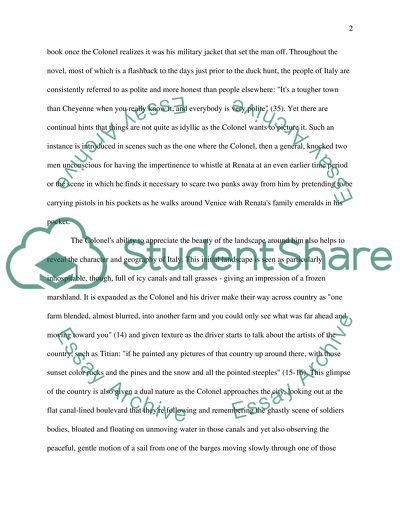Cite this document
(“Architecture and culture in italy Essay Example | Topics and Well Written Essays - 1750 words”, n.d.)
Retrieved from https://studentshare.org/environmental-studies/1417600-architecture-and-culture-in-italy
Retrieved from https://studentshare.org/environmental-studies/1417600-architecture-and-culture-in-italy
(Architecture and Culture in Italy Essay Example | Topics and Well Written Essays - 1750 Words)
https://studentshare.org/environmental-studies/1417600-architecture-and-culture-in-italy.
https://studentshare.org/environmental-studies/1417600-architecture-and-culture-in-italy.
“Architecture and Culture in Italy Essay Example | Topics and Well Written Essays - 1750 Words”, n.d. https://studentshare.org/environmental-studies/1417600-architecture-and-culture-in-italy.


